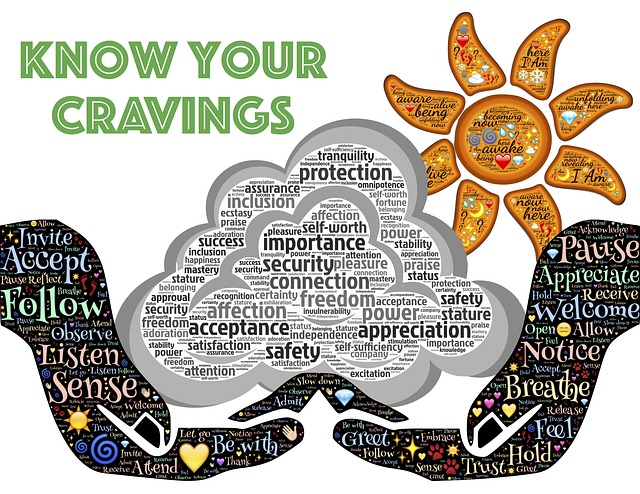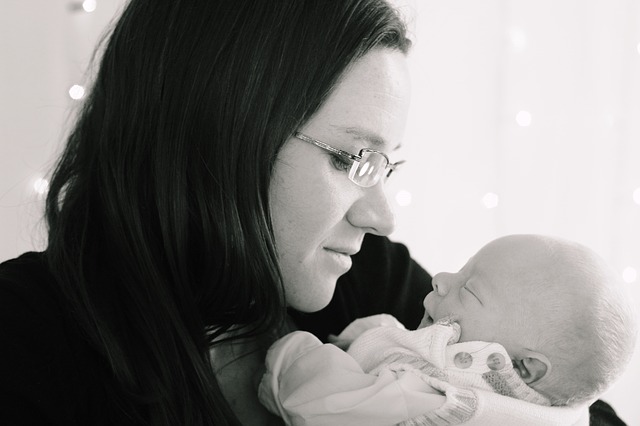In my previous blog post, I discussed Melli O’Brien’s interview with Judson Brewer, an expert in the use of mindfulness for overcoming cravings and addictions. Jud, as he is called, is the author of a number of books, including The Craving Mind.
In the earlier blog post, I wrote about how addictions are formed and how mindfulness undermines both cravings and addictions through breaking the link between our addictive behaviours and our perceived rewards.
In this blog post, I will focus on the barriers that prevent us from using the power of mindfulness to break the shackles of cravings and addiction and present a mindfulness practice, recommended by both Melli and Jud, that will help to overcome those barriers and shackles.
Personal barriers to using mindfulness to overcome cravings and addiction
During the interview with Jud, Melli suggested that sometimes shame gets in the road of our recovery from addiction. Craving and addiction feels so very personal that we are reluctant to own up to ourselves or others about its existence. We want to avoid the pain of self-realisation.
We may be reluctant to give up the rewards associated with the addiction because they have become our crutch, e.g. to deal with stress; and we might be fearful that we will not be able to cope.
Melli also asked Jud what he personally experienced as barriers to daily mindfulness practice. In his response, Jud identified three key things that made it difficult for him to sustain his daily mindfulness practice:
- growing in self-awareness that was painful – it became progressively clearer to Jud that he had caused suffering for other people in his life and this was difficult to face on an ongoing basis, and was humbling;
- being too intellectual in his practice – intellectualizing about some of the practices rather than just being-in-the-practice;
- doubting the efficacy of loving-kindness meditation; but finally, after a number of years, overcoming his assumptions and bias against the practice.
A four-step mindfulness practice for overcoming cravings and addiction
During the interview, Jud introduced the R.A.I.N. process as a mindfulness practice for breaking the habit loop of cravings and addiction. The four-step process involves the following:
- Recognise – that you are caught up in a habit loop through a craving and recognise the addiction it creates when you give into the thoughts and emotions associated with the craving;
- Accept -that you have this craving and related addiction which, as Melli suggests, is a part of the “human condition”, that is part of being human;
- Investigate – what is happening in your body when the craving appears; what are the body sensations you are experiencing? what triggers the craving? what are the real outcomes/cost of the addiction (challenge the behaviour-reward link); experience the pleasantness of exploring your curiosity about yourself and your personal reactions to various triggers; enjoy the experience of getting to know yourself and who you really are.
- Non-identification – acknowledge that your cravings and addictions are not you; that you are not your thoughts; that you are not your emotions; and that underneath it all is you growing in awareness and becoming-in-the moment.
As we grow in mindfulness through meditation, we gain a better understanding of the personal barriers we create to stop ourselves using mindfulness to break the shackles of our cravings and addictions. We can also learn mindfulness practices that can break through these barriers and the shackles that hold us captive to our own unhealthy habit loop. In the final analysis, we learn to trust in the power of mindfulness and the resultant awareness.
By Ron Passfield – Copyright (Creative Commons license, Attribution–Non Commercial–No Derivatives)
Image source: courtesy of johnhain on Pixabay
Disclosure: If you purchase a product through this site, I may earn a commission which will help to pay for the site, the associated Meetup group and the resources to support the blog.









